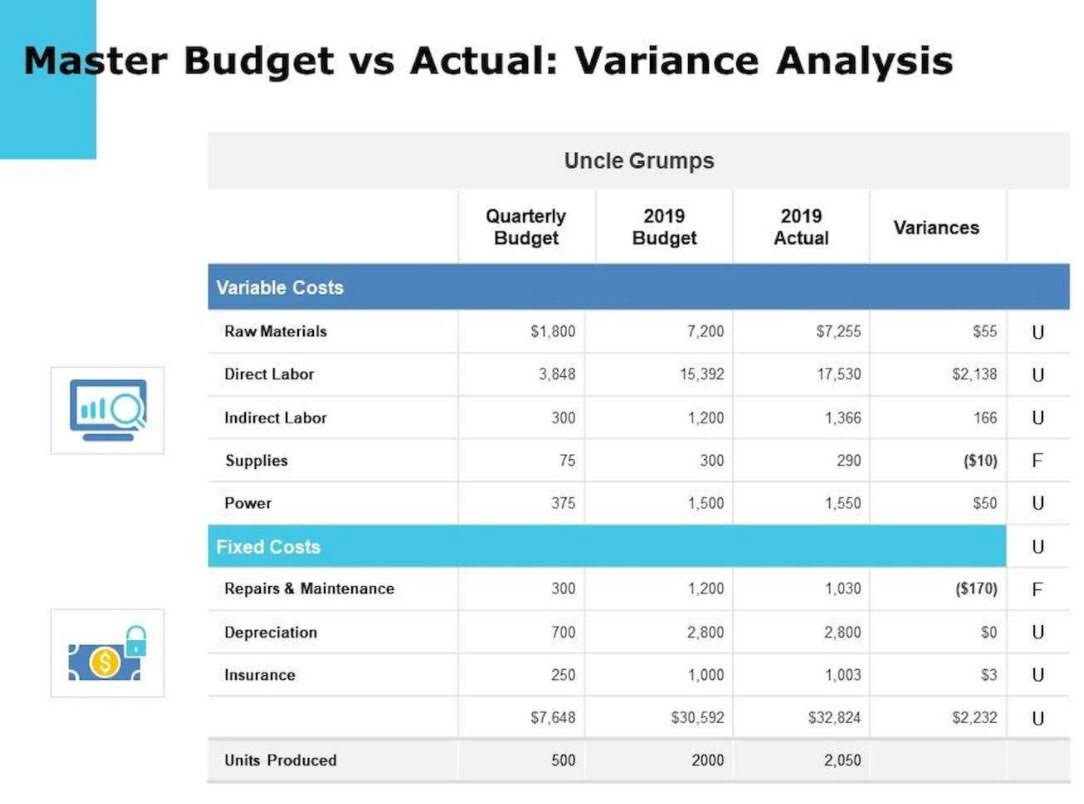Income Summary Definition, Purpose, How to Close

Microsoft spent $29.5 billion on research and development (R&D), over $24.4 billion on sales and marketing costs, and $7.6 billion on general and administrative costs. Total operating expenses are computed by summing all these figures ($74.1 billion + $29.5 billion + $24.4 billion + $7.6 billion) to arrive at $135.7 billion. Accounts provide the foundation for preparing financial statements by organizing transactions into meaningful categories. They enable businesses to analyze their financial health, comply with regulations, and make informed decisions.

What Is a Closing Entry?

At the end of each accounting period, all of the temporary accounts are closed. You might have heard people call this “closing the books.” Temporary accounts like income and expenses accounts keep track of transactions for a specific period and get closed or reset at the end of the period. This way each accounting period starts with a zero balance in all the temporary accounts, so revenues and expenses are only recorded for current years. If the credit balance is more than the debit balance, it indicates the profit; if the debit balance is more than the credit balance, it shows the loss.
AccountingTools
- This number is arrived at by deducting the cost of revenue ($74 .1 billion) from the total revenue ($245.1 billion)—in other words, revenue minus the amount that it cost to make that $245.1 billion.
- It also provides detailed insights into the company’s internal activities.
- This account is a great tool to show the net profit or loss of a company for any financial years.
- Temporary accounts are accounts in the general ledger that are used to accumulate transactions over a single accounting period.
- Temporary accounts, including revenues and expenses, are closed at the end of each accounting period to reset balances for the new period.
Income summary effectively collects NI for the period and distributes the amount to be retained into retained earnings. Balances from temporary accounts are shifted to the income summary account first to leave an audit trail for accountants to follow. Temporary account balances can be shifted directly to the retained earnings account or an intermediate account known as the income summary account. The net income (NI) is moved into retained earnings on the balance sheet as part of the closing entry process.
Understanding the Income Statement
- An accounting period is any duration of time that’s covered by financial statements.
- At the end of the accounting period, all fees will be closed by transferring the debit to the income summary by crediting the expenses account and debiting the income summary account.
- Since it is a temporary ledger account, it does not appear on any financial statement.
- This can be used for comparison across different businesses and sectors.
- Further than that, accounts can be considered a permanent account or a temporary account.
The income summary account is an account that receives all the temporary accounts of a business upon closing them at the end of every accounting period. This means that the value of each account in the income statement is debited from the temporary accounts and then credited as one value to the income summary account. An income statement is a financial statement that lays out a company’s revenue, expenses, gains, and losses during a set accounting period. It provides valuable insights into various aspects of a business, including its overall profitability and earnings per share. The income statement is one of the three important financial statements used for reporting a company’s financial performance over a set accounting period.
Thus, shifting revenue out of the income statement means debiting the revenue account for the total amount of revenue recorded in the period, and crediting the income summary account. The income summary is used to transfer the balances of temporary accounts to retained earnings, which is a permanent account on the balance sheet. When transferring the balance of all revenue and define the income summary account expense accounts to the income summary account, it ensures that those revenue and expense accounts are closed at year end and their ending balance becomes zero.

Primary-Activity Expenses

All such information is provided what are retained earnings solely for convenience purposes only and all users thereof should be guided accordingly. Upgrading to a paid membership gives you access to our extensive collection of plug-and-play Templates designed to power your performance—as well as CFI’s full course catalog and accredited Certification Programs. If you subtract all the outgoings from the money the company received, you are left with $21,350. This approach provides a built-in error-checking mechanism, reducing the likelihood of discrepancies and ensuring accurate financial reporting. Led by editor-in-chief, Kimberly Zhang, our editorial staff works hard to make each piece of content is to the highest standards.
Related AccountingTools Courses
My Accounting Course is a world-class educational resource developed by experts to simplify accounting, finance, & investment analysis topics, so students and professionals can learn and propel their careers. It appears that the accounting cycle is completed by capturing transaction and event information and moving Insurance Accounting it through an orderly process that results in the production of useful financial statements. Importantly, one is left with substantial records that document each transaction (the journal) and each account’s activity (the ledger). It is no wonder that the basic elements of this accounting methodology have endured for hundreds of years.

What is an account in accounting?
However, it can provide a useful audit trail, showing how these aggregate amounts were passed through to retained earnings. The income summary account is prepared by debiting revenue accounts and crediting expense accounts. The balances of the transferred amounts should match with the net income or loss for the year. The income summary account balance is then transferred to retained earnings or the capital account in the case of a sole proprietorship. The income summary account is recorded by debiting revenue accounts and crediting expense accounts. At the end of a period, all the income and expense accounts transfer their balances to the income summary account.
The Role of Accounts in Financial Reporting
Together, these provide the company’s net income for the accounting period. The income statement is an integral part of the company performance reports. While the balance sheet provides a snapshot of a company’s financials as of a particular date, the income statement reports income through a specific period, usually a quarter or a year. Revenue and expense accounts are technically both temporary equity accounts, but they are significant enough to mention separately.

